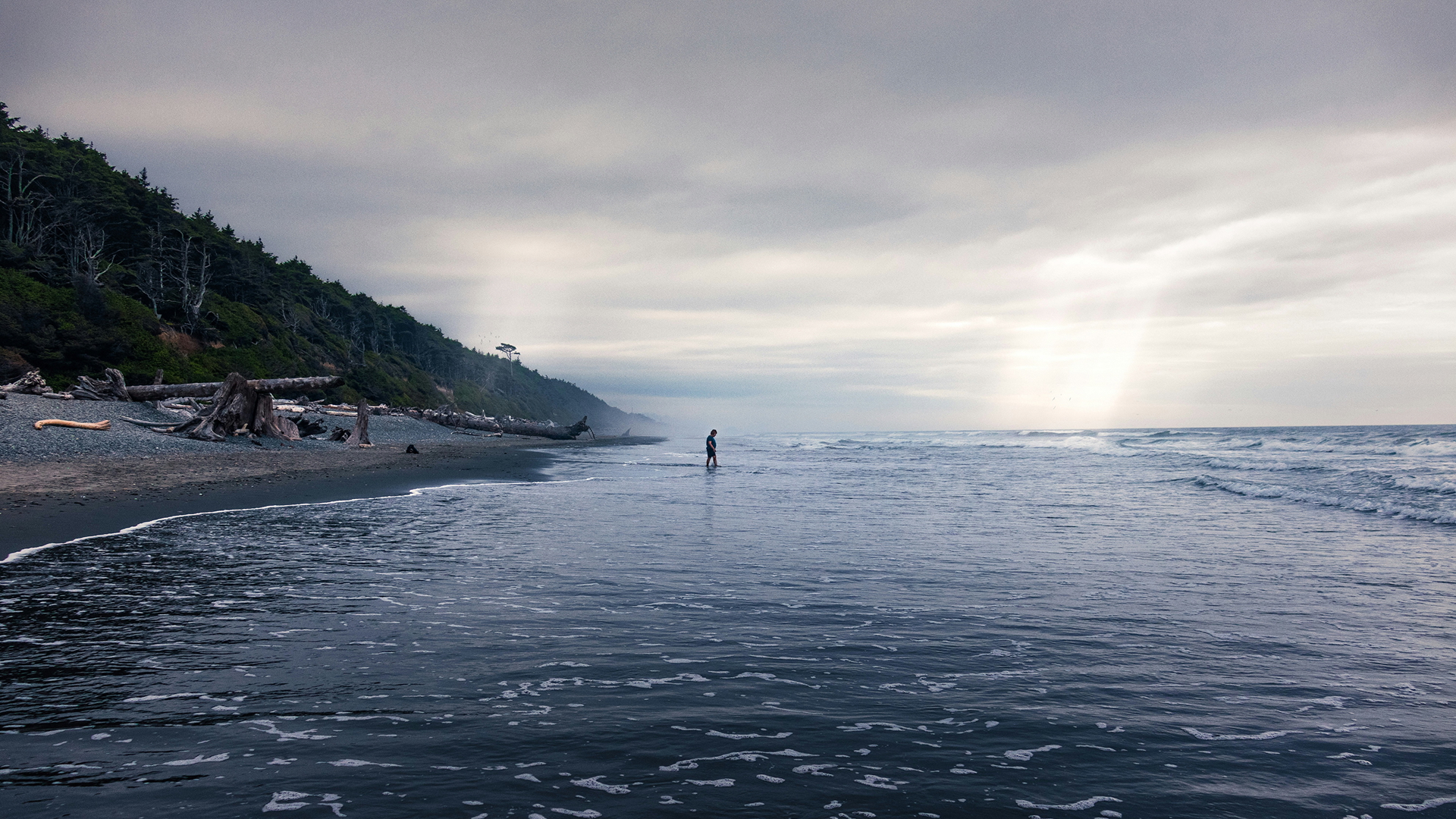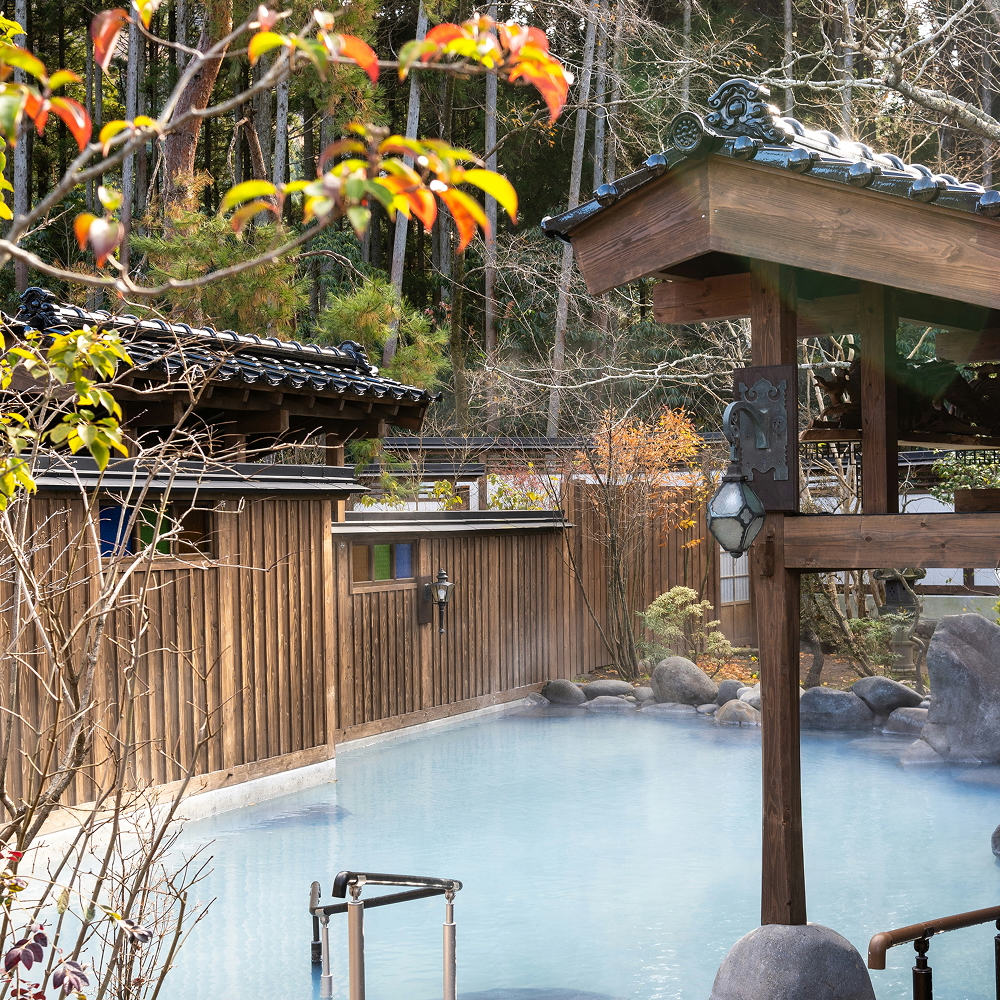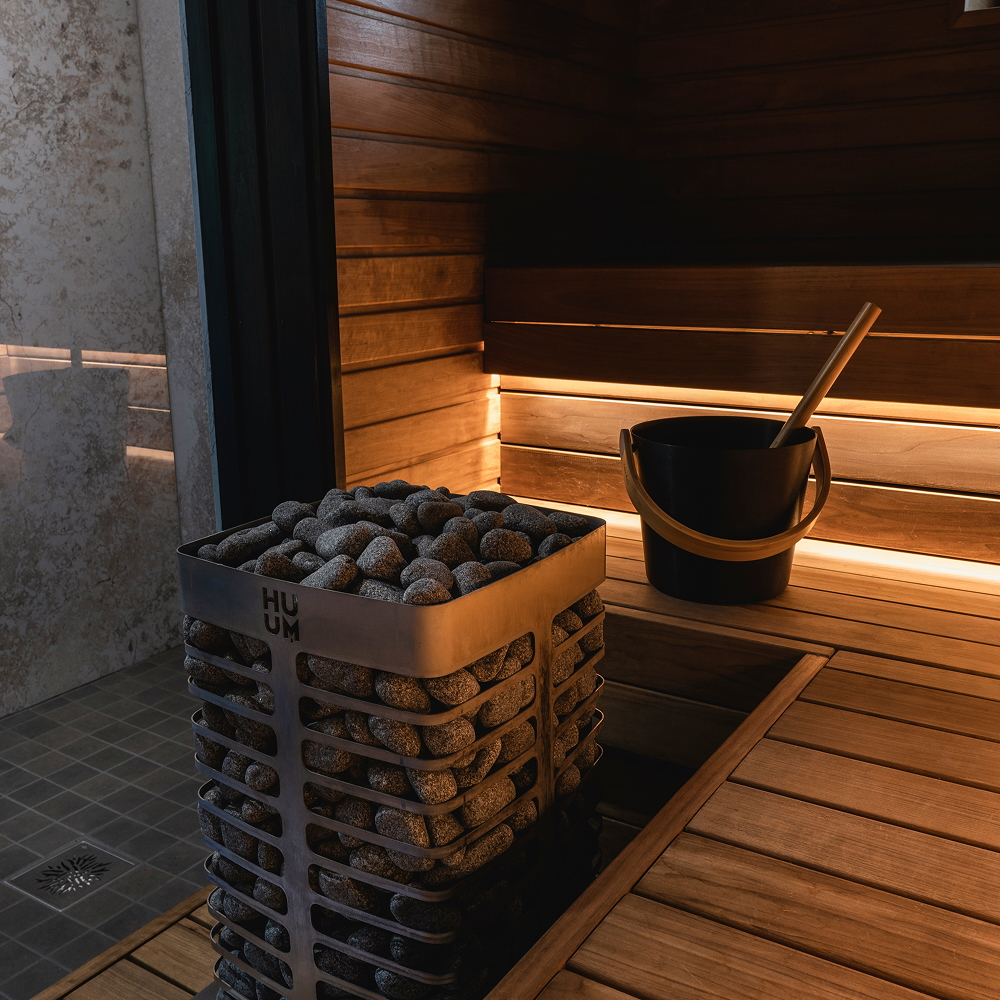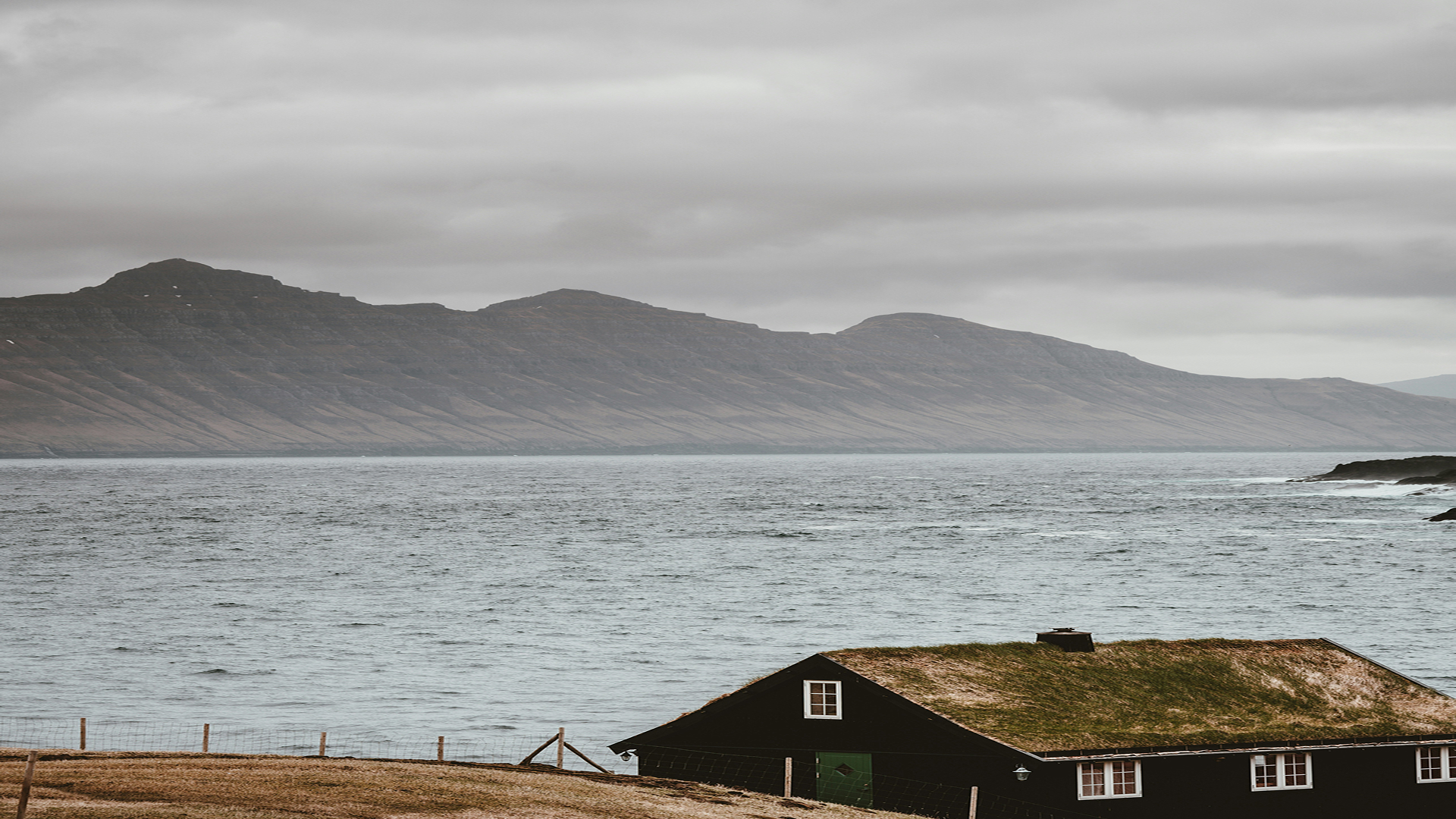Blog
Global bathing traditions: a comparative study

Across continents, water has shaped the way we slow down. Bathing practices differ in form and expression, but they all draw from the same source: a need to restore, to breathe, and to reconnect. From the mountains of Japan to the northern forests of Scandinavia, cultures have carved out moments of care using heat, water, and intention. Today, these rituals offer more than inspiration. They offer guidance. They show how wellness begins with rhythm, and how architecture, temperature, and tradition can combine to create experiences that soothe the body while anchoring the spirit.
Shared purpose, distinct expression
Bathing rituals reflect the landscapes and values of each region. In every culture, water is approached with care. It is shaped into routine, into reverence, into design. While the practices may look different (some public, some private, some steaming, others still), they serve a similar purpose. They reset the nervous system, create a pause in the day, and allow the senses to return to balance. From rural villages to urban sanctuaries, these rituals remind us that wellness does not require complexity, only consistency and a willingness to be fully present with the elements around us.
Nordic: resilience through rhythm
In Nordic cultures, bathing rituals were developed in response to long winters and stark climates. The sauna became a source of strength. Moving between intense heat and biting cold trains the body to regulate itself. It improves circulation, stimulates the immune system, and calms the mind. The act of stepping outside into snow or into a cold lake after warmth is not seen as extreme but as necessary. These traditions emphasize simplicity and silence. They invite the body to adapt, to feel, to listen. They show that resilience comes from rhythm, and rhythm from nature itself.

Japanese: harmony and purity
Japan’s bathing culture has long been rooted in grace and refinement. Whether in rural onsens or urban sentos, the act of entering mineral-rich hot water is preceded by careful cleansing. The ritual is unhurried. The space is quiet. And the water, often heated by the earth, is full of minerals known to support skin, joints, and mental clarity. Materials like hinoki wood and stone set the tone. Design favors light, flow, and peace. The bath becomes a kind of meditation. It clears the body, but also the mind, offering a moment of stillness that honors both.
The architectural imprint of water
Every bathing tradition has shaped the spaces around it. Architecture becomes part of the experience. It holds warmth, guides light, and allows the water to speak. The materials used (stone, wood, tile) reflect the needs of the practice. But they also tell stories about culture, ritual, and belonging. In many places, these spaces were as central as kitchens or gathering halls. They brought people together. They gave rhythm to the day or the season. When design begins with water, it moves differently. It slows down. It becomes intuitive. And it invites others to enter, pause, and return.
Turkish: the art of communal retreat
The Turkish hammam offers an immersive and social experience. With its curved ceilings, domed skylights, and warm marble floors, the space is designed to calm the senses and open the breath. Steam fills the room, easing muscles and softening skin. Visitors often move between rooms of varying temperatures, before receiving exfoliation or massage. But the experience is never rushed. It unfolds slowly, with conversation and rest woven in. The hammam becomes more than a place to cleanse. It becomes a cultural gathering point. A shared rhythm of silence, steam, and renewal that lingers long after.
Scandinavian: sheltering the elements
Scandinavian design integrates warmth and restraint. Bathing spaces are often built with wood, stone, and open views toward the landscape. The architecture protects without closing off. It filters light, frames nature, and supports a focused atmosphere. The tub becomes central. Not as a feature, but as a place to return to. Materials like thermally modified ash and cedar insulate naturally, helping hold temperature while offering tactile comfort. Nordsprings tubs are shaped by this design philosophy. They echo the silence of the north, the clarity of snow, and the stillness of a lake held between forests.


What water teaches us
Across all traditions, water carries meaning. It holds memory, comfort, and contrast. It invites us to feel. In a sauna, an onsen, a hammam, or a modern bath, the act of immersion reorders time. It becomes a threshold, a way of reentering the body with care. In these rituals, we see how cultures translate values into architecture and habits. Some emphasize solitude. Others, community. But each holds a deep understanding. The body needs rhythm. Design can support presence. Warmth, when paired with purpose, becomes a tool for wellbeing.
Discover how Nordsprings interprets global traditions into modern rituals and explore how the language of water continues to guide contemporary wellness.


